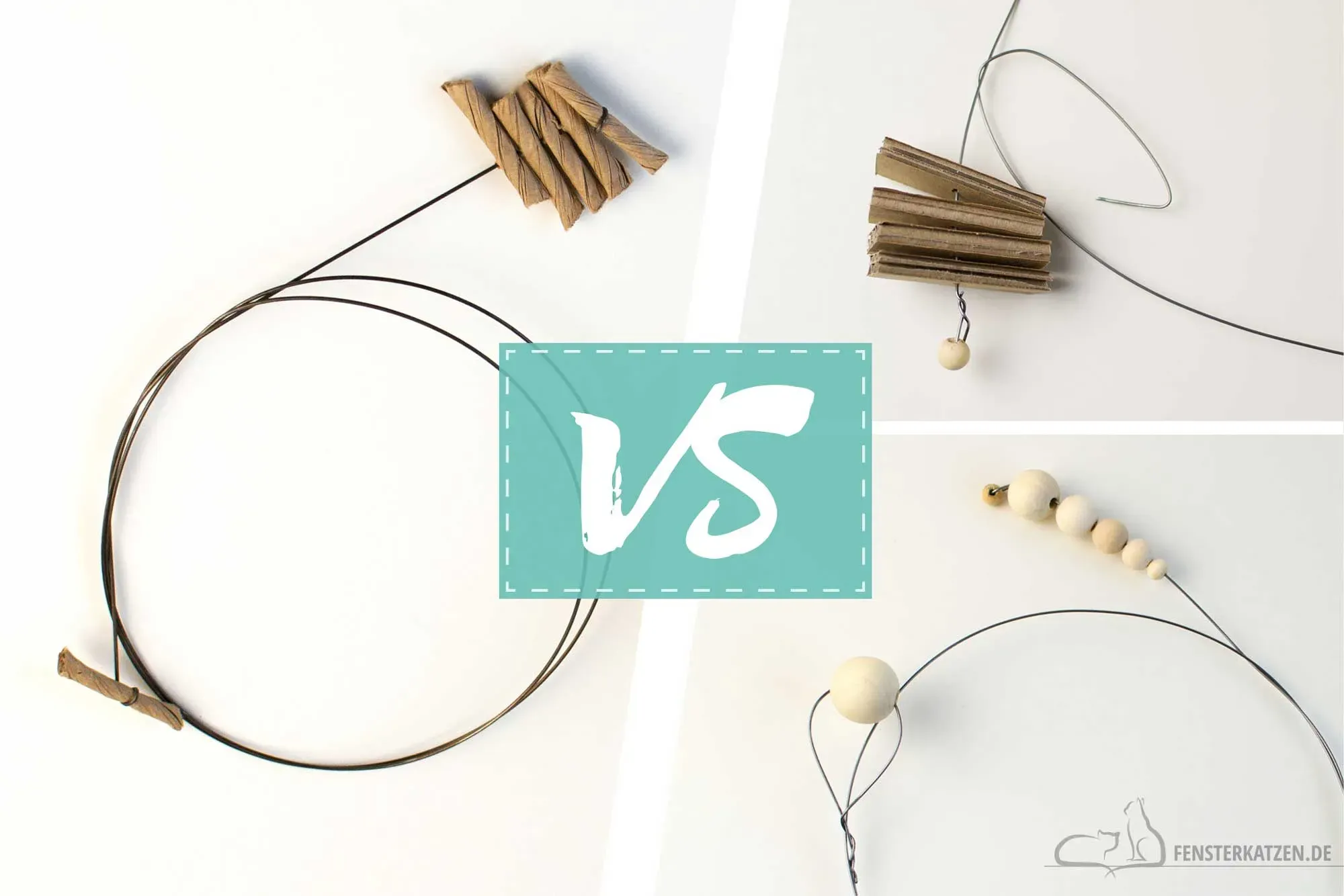Table of Contents
Does your cat stare blankly at that expensive electronic mouse you bought? Are you tired of stepping on plastic balls that offer zero entertainment value to your feline overlord? Let's be honest, keeping a cat stimulated indoors without breaking the bank feels like a constant battle. Store-bought toys often gather dust faster than you can swipe your credit card.
Why Your Cat Needs a DIY Cat Dancer Toy (And Why You Should Make It)

Why Your Cat Needs a DIY Cat Dancer Toy (And Why You Should Make It)
Tapping into the Primal Hunter
Look at your cat. Really look. Despite the soft fur and the endless naps on your clean laundry, they are miniature predators. Their brains are hardwired for the chase, the stalk, the pounce. Fancy laser pointers are okay for a few minutes, but they offer no tangible reward – just a frustrating red dot that vanishes. Static plush toys? They get batted around for a bit, then ignored. What truly engages them is something that mimics unpredictable prey movement.
A , with its flimsy, erratic motion, triggers that deep-seated hunting drive. It flutters, it zigs, it zags, never moving in a predictable pattern. This uncertainty is key. It forces your cat to strategize, to anticipate, to expend energy in a way that scratching posts and food bowls just can't replicate. It's not just play; it's instinct fulfillment.
Saving Your Wallet and Sanity
- Store-bought wand toys often fall apart after a few enthusiastic play sessions.
- Making your own uses materials you likely already have, costing pennies instead of pounds (or dollars).
- You control the materials, avoiding potentially questionable plastics or dyes found in some commercial toys.
- The satisfaction of watching your cat absolutely lose their mind over something you made is surprisingly rewarding.
The Unbeatable DIY Advantage
Let's talk practicality. Have you seen the price tags on some cat toys lately? For a piece of plastic and some feathers, you could buy a decent cup of coffee. And how long do those things last? About five minutes before a determined kitty dismantles them. Crafting a bypasses all that.
You literally use scraps – a wire hanger, a stick, some fabric strips, maybe a cork. It’s cheap, it’s fast, and if it gets destroyed (which it will, eventually, if you're doing it right), you can make another one in minutes. It's an economical solution to an ongoing need for feline entertainment, and frankly, building something simple that brings so much joy feels pretty good.
Crafting Your Killer DIY Cat Dancer Toy: A StepbyStep Guide

Crafting Your Killer DIY Cat Dancer Toy: A StepbyStep Guide
Gather Your Simple Supplies
Alright, let's get down to business. Making a is ridiculously simple, which is part of its charm. You don't need a degree in engineering or a trip to a specialty craft store. Look around your house; you probably have everything required right now. We're talking about turning mundane items into objects of feline fascination. The goal is to create something lightweight, flexible, and capable of unpredictable movement.
Think wire hangers you never use, old shoelaces, scraps of fabric, maybe even some corks or bottle caps. The core needs to be flexible but sturdy enough to hold its shape when waved. A thin wire or a flexible stick works perfectly. The dangly bits should be light and enticing. Feathers are classic, of course, but fabric strips, yarn remnants, or even crumpled paper can work wonders. Get creative with what you have on hand.
Level Up Your DIY Cat Dancer Toy: Variations and Materials

Level Up Your DIY Cat Dancer Toy: Variations and Materials
Mixing it Up: Beyond the Basic Wire and Feathers
Once you've mastered the basic wire-and-scrap-fabric model, why stop there? The beauty of a is how easily you can customize it to your cat's specific weirdness. Does Mittens go bonkers for crinkly sounds? Attach some crumpled cellophane or a piece of a plastic bag (supervised play only, obviously, we don't need any vet visits). Is Leo obsessed with texture? Try tying on strips of faux fur, felt, or even old socks. The core can be anything flexible – a thin dowel rod, a sturdy piece of thick string, or even a repurposed fishing pole tip if you're feeling fancy. The key is to experiment and see what makes your particular feline predator tick. Sometimes, the most random object, like a wine cork or a bottle cap tied to the end, becomes their absolute favorite target. It's a low-stakes way to discover your cat's toy preferences without buying ten different things from the pet store.
Beyond the Build: Safe Playtime with Your DIY Cat Dancer
Safety First, Always
you’ve crafted this magnificent , and your cat is already eyeing it with predatory intent. Before you start whipping it around like a mad person, let's talk safety. This isn't just a stick with some junk on it; it's a hunting simulator. And like any hunting, there are rules to prevent casualties – specifically, your cat choking on something or getting tangled.
Never leave your lying around unsupervised, especially if it has small parts or long strings. Cats are notorious for eating things they shouldn't, and a loose string can cause serious internal damage. When the play session is over, put the toy away, ideally in a drawer or container your cat can't access. Think of it like putting away sharp knives – necessary for fun, dangerous if left out. Also, inspect the toy regularly for wear and tear. If pieces are coming loose, fix it or make a new one.
- Always supervise playtime with string or small parts.
- Put the toy away immediately after play sessions.
- Regularly inspect the toy for damage.
- Avoid using materials that could be toxic if ingested (e.g., certain paints, glues).
- Ensure any attached items are securely fastened.
Playing Like Prey (Not Just Waving a Stick)
Waving the randomly isn't enough to truly engage your cat's hunting sequence. You need to *act* like prey. Drag the toy along the floor, hide it behind furniture, make it dart out unexpectedly. Mimic the movements of a mouse scurrying or a bird fluttering. Let your cat stalk it, pounce on it, and occasionally, let them catch it. The catch is crucial! If they never get the satisfaction of "killing" the prey, they can become frustrated. Allow them to grab it, chew on it a little (safely!), and feel like they've succeeded. Then, gently start the play again.
Short, frequent play sessions are more effective than one long one. Aim for 10-15 minutes a couple of times a day. This mimics the natural hunting pattern. Pay attention to your cat's body language – dilated pupils, wiggling rear end, intense focus – these are signs they are engaged. End the session when they seem tired or lose interest, maybe even following up with a small treat to complete the "hunt-catch-eat" cycle. This reinforces the positive association with playtime and helps tire them out in a natural way.
The Simple Truth About the DIY Cat Dancer Toy
So there you have it. No fancy tech, no exorbitant price tag, just a handful of simple items transformed into a feline magnet. Building a isn't about being a master crafter; it's about understanding what truly captivates a cat – unpredictable movement, a hint of "prey," and interactive play with you. While store shelves overflow with toys, this homemade classic often outshines them all by tapping into their core instincts. Give it a shot. You might be surprised how much fun you both have, and your wallet will certainly thank you.